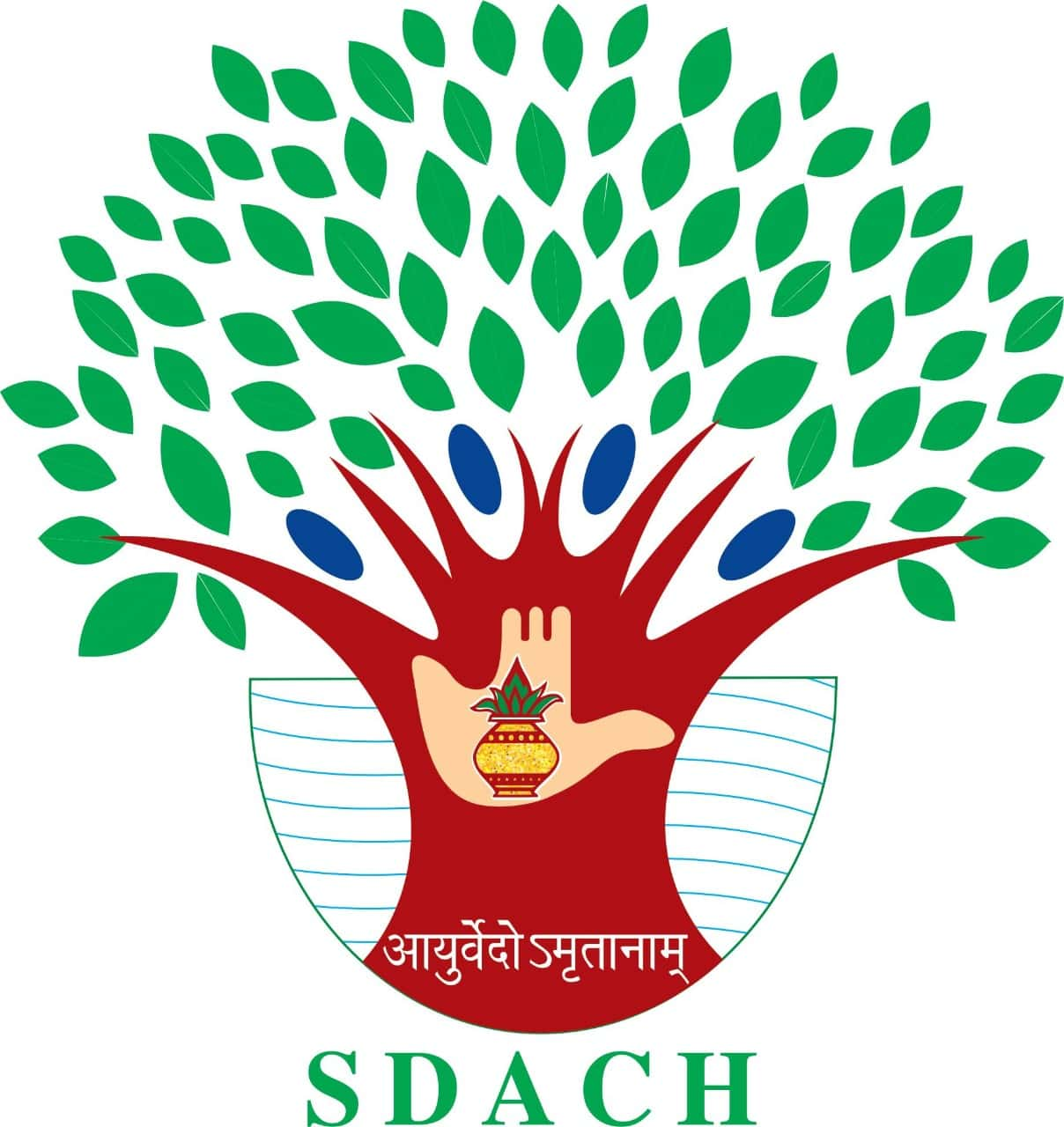Botanical Name: Crataeva nurvala Buch-Ham.
Family: Capparidaceae
Identification No.: SDACH/HG/286
Introduction:
Crataeva nurvala, commonly known as Varuna, is a well-known Ayurvedic herb especially effective in urinary disorders, urolithiasis (kidney stones), and enlarged prostate. It is mentioned in multiple Nighantus and classical Ayurvedic texts for its mutrala (diuretic) and shothahara (anti-inflammatory) actions. It is revered as a specific herb for bladder and kidney health.
Names in different Indian languages:
- English: Three-leaved caper, Sacred Garlic Pear
- Hindi: Varun, Barun
- Kannada: Nirunige, Haralu
- Malayalam: Marut, Varuna
- Sanskrit: Varuna, Trinakantaka
- Tamil: Maralingam
- Telugu: Vayunamu, Varuna
Synonyms:
Varuna, Trinashaka, Shwetaparna, Saptachhada, Varunaka, Kandura, Vrukodara, Shwetavruksha
Classification according to Charaka, Susrutha & Vagbhata:
- Charaka: Mutrasangrahaniya, Mutravirechaniya
- Susrutha: Sothahara, Ashmarighna
- Vagbhata: Mutrakrichrahara, Ashmarighna
Varieties & Adulterants
- Crataeva magna – Varietal similarity
- Capparis sepiaria – AD
- Crataeva religiosa – Closely related species
Morphology:
- Habit: Moderate-sized deciduous tree, up to 10 m in height
- Bark: Grey to pale brown, exfoliating, aromatic
- Leaves: Trifoliate, long petioled, ovate to oblong leaflets
- Flowers: White or pale yellow, fragrant, in terminal corymbs
- Fruit: A smooth ovoid berry, green turning yellowish on ripening
- Seeds: Numerous, embedded in a mucilaginous pulp
Habitat & Distribution:
Common in sub-Himalayan tracts and throughout India in riverine and wet regions. Also cultivated in herbal gardens.
Chemical composition:
- Lupeol
- Friedelin
- Betulinic acid
- Varunol
- Sitosterol
- Crataegin
- Kaempferol
- Alkaloids, Tannins, Glucosides
- Essential oils from bark
Properties:
- Rasa: Tikta, Katu, Kashaya
- Guna: Laghu, Ruksha
- Virya: Ushna
- Vipaka: Katu
- Karma: Ashmarighna, Mutravirechaka, Shothahara, Vatakaphahara
Indications:
- Ashmari (urolithiasis)
- Mutrakrichra (dysuria)
- Mootraghata (urinary retention)
- Gulma (abdominal tumor, mass)
- Vrikkaroga (kidney disorders)
- Shotha (inflammation)
- Arsha (piles)
- BPH (prostatic hypertrophy)
- Udara (abdominal enlargement)
External uses:
- Decoction of bark used in sitz baths for hemorrhoids and perianal swelling
- Leaf paste applied in inflammatory swellings
Internal uses:
- Urinary system: Clears obstruction, dissolves stones, acts as diuretic
- Digestive system: Useful in Gulma and abdominal bloating
- Reproductive system: Given in urinary issues of elderly males (BPH)
- Circulatory system: Reduces inflammation, used in Varicose veins and edema
- Musculoskeletal: Helps in gout and joint swelling due to shothahara properties
Srotogamitwa:
- Dosha: Kapha-Vatahara
- Dhatu: Rasa, Rakta, Mamsa
- Srotas: Mutravaha, Medovaha
Parts used:
Bark, Leaves, Roots, Fruits
Dosage:
- Kwatha (bark decoction): 50–100 ml
- Churna: 3–6 g
- Juice (Swarasa): 10–20 ml
Important Yogas or Formulations:
- Varunadi Kwatha – For urolithiasis
- Gokshuradi Guggulu – In urinary obstruction and BPH
- Chandraprabha Vati – Broad-spectrum urinary tonic
- Punarnavadi Kashaya – Inflammatory urinary disorders
- Varunadi Ghrta – For Gulma and Mutraghata
Therapeutic Uses:
- Ashmari (renal calculi) – Decoction of bark with Gokshura and Pashanabheda
- Mutrakrichra (dysuria) – Bark decoction with Chandana and Usheera
- Gulma – Combined with Hingwastak churna internally
- Prostate enlargement – Regular use of Varunadi kwatha
IUCN Status – Not Evaluated
Research Updates :
- Anti-urolithiatic Activity (2020) – Crataeva bark extract shown to inhibit calcium oxalate crystal formation
- Anti-inflammatory & Diuretic (2021) – Confirmed in animal studies with significant renal protective effect
- Anti-BPH (2022) – Bark extract reduced prostate enlargement in testosterone-induced models
- Antioxidant Activity (2023) – High flavonoid content showed free radical scavenging
- Clinical Trial (2024) – Decoction proved effective in reducing urinary tract symptoms and post-void residual urine volume







